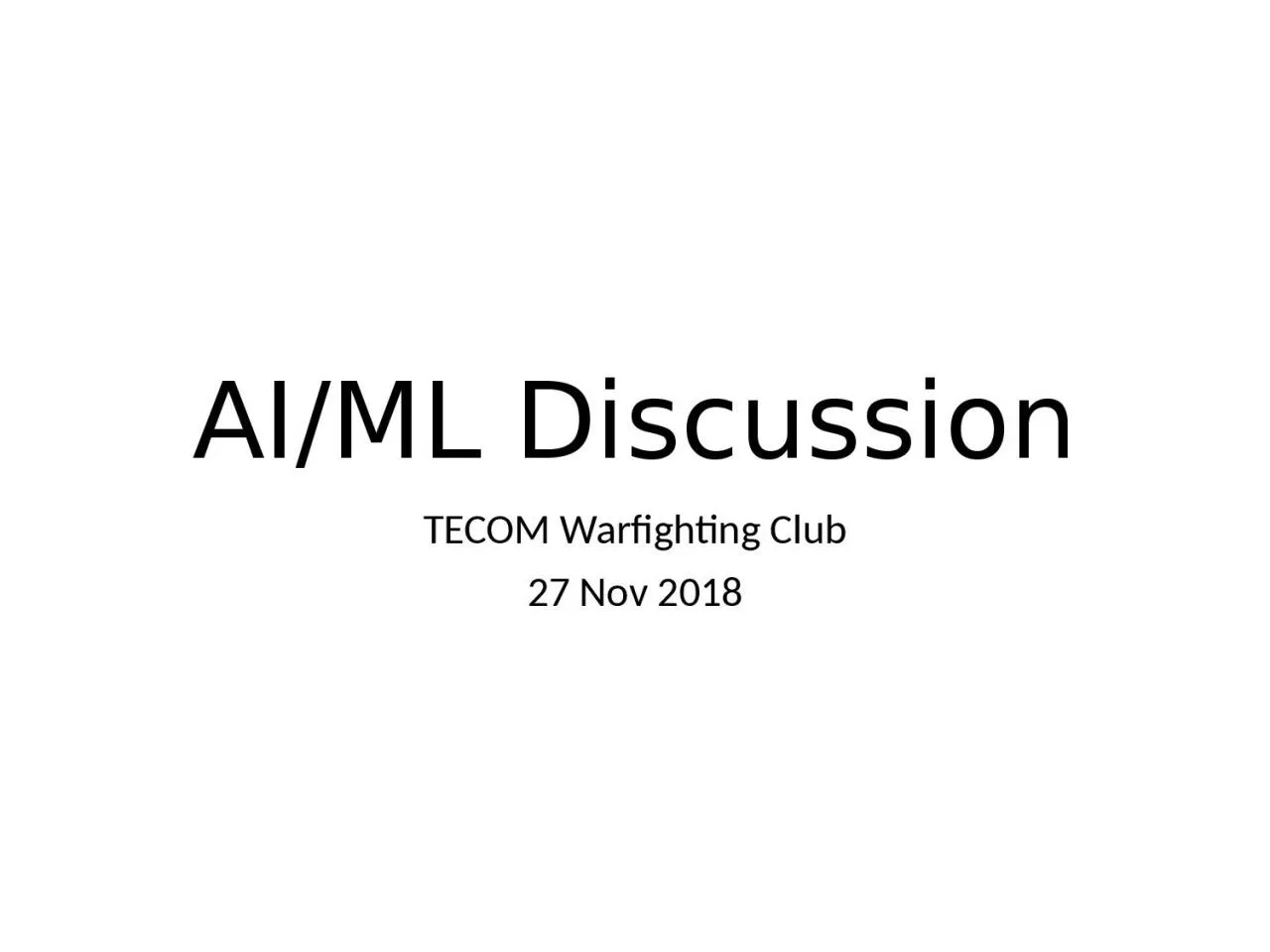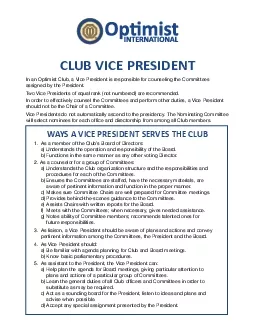PPT-AI/ML Discussion TECOM Warfighting Club
Author : TravelingSoulmate | Published Date : 2022-08-02
27 Nov 2018 Caveats and the state of USMC AI talent This Marine was trained in ORdata science not computer science My thesis research involved largescale optimization
Presentation Embed Code
Download Presentation
Download Presentation The PPT/PDF document "AI/ML Discussion TECOM Warfighting Club" is the property of its rightful owner. Permission is granted to download and print the materials on this website for personal, non-commercial use only, and to display it on your personal computer provided you do not modify the materials and that you retain all copyright notices contained in the materials. By downloading content from our website, you accept the terms of this agreement.
AI/ML Discussion TECOM Warfighting Club: Transcript
Download Rules Of Document
"AI/ML Discussion TECOM Warfighting Club"The content belongs to its owner. You may download and print it for personal use, without modification, and keep all copyright notices. By downloading, you agree to these terms.
Related Documents














